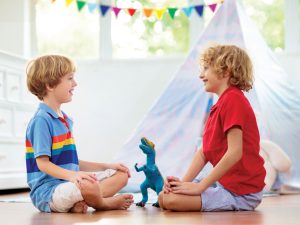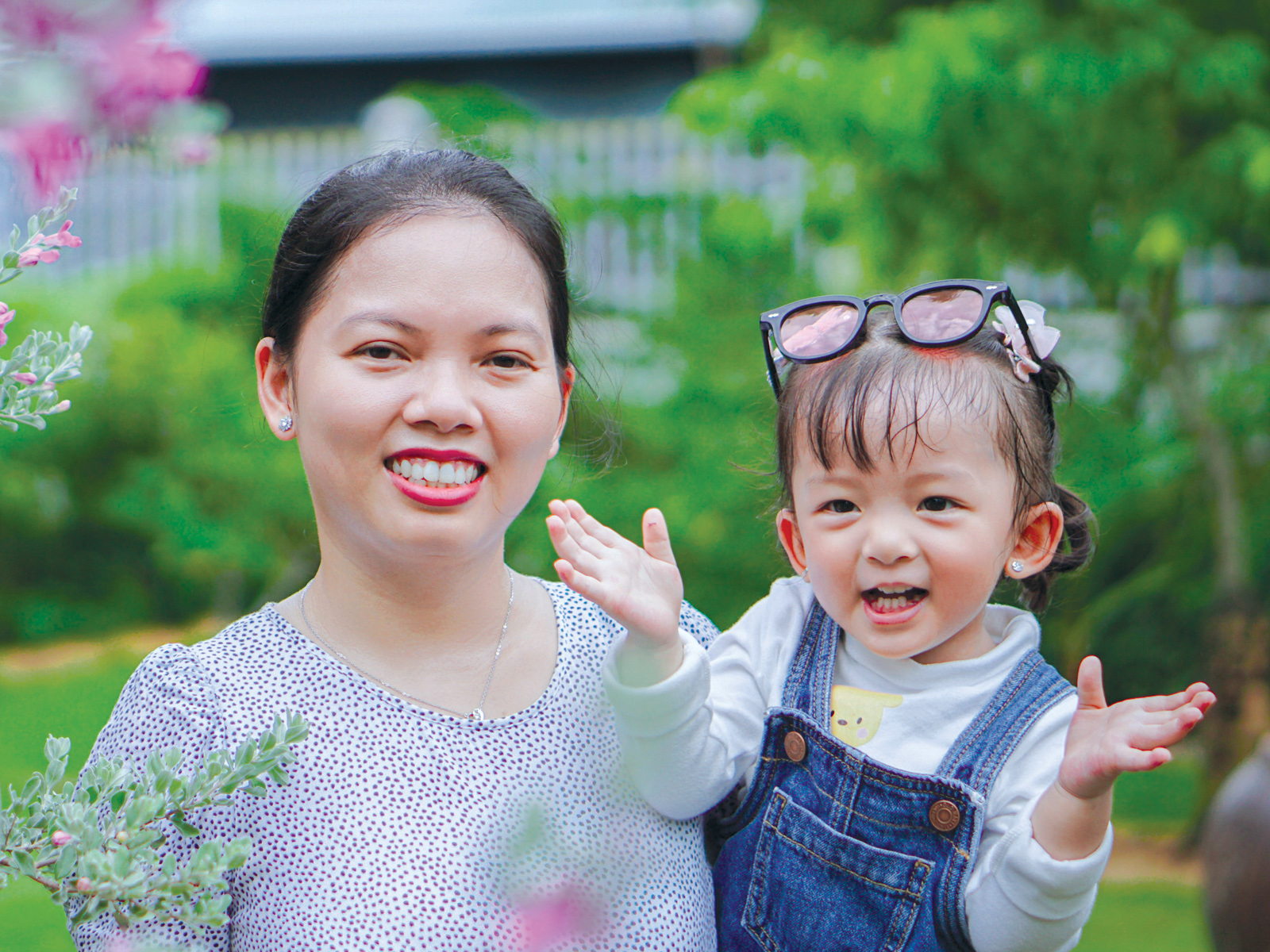Four-legged friends and Autism
A dog isn’t always the best choice for a child with autism, according to Gretchen Carlisle, a post-doctoral fellow at ReCHAI.
Carlisle interviewed 70 parents of children with autism, 2/3 of whom owned dogs. 94% of autistic children were bonded to their pets. However, after her research, Carlisle cautioned that youngsters who have a sensory sensitivity to noise may become upset if a dog suddenly starts barking. Dogs can also be more “in your face,” according to Carlisle. They are often much larger and therefore more intimidating than a cat, which might be more suitable for some families.
Source: healthypets.mercola.com
Tips explaining puberty
• Provide information in small steps, with lots of repetition.
• Use clear, explicit explanations. Use accurate terms to describe body parts.
• Avoid cartoons and analogies. Keep visual resources realistic, such as anatomically accurate diagrams.
• Be open and natural.
Source: theweeklyreview.com.au
Too much fluoride?
Young children tend to swallow toothpaste, which may increase their exposure to fluoride and contribute to dental fluorosis. For this reason, children need to be supervised with tooth brushing. An adult needs to ensure that an appropriate amount of toothpaste is used, and that the child spits out the toothpaste rather than swallows it.
Source: cda-adc.ca
Massages and tai chi
A study published in the journal Adolescence looked at how regular massages for 20 minutes twice a week could improve behaviour in the classroom. Studies have also suggested that tai chi and yoga may similarly help improve ADHD symptoms and decrease both anxiety and hyperactivity.
Source: collective-evolution.com
How much sleep is just about right?
Infants 4-12 months: 12-16 hours (including naps)
Toddlers 1-2 years: 11-14 hours (including naps)
Children 3-5 years: 10-13 hours (including naps)
Children 6-12 years: 9-12 hours
Teenagers 13-18 years: 8-10 hours
Source: news.ubc.ca
5 ways to stay cool this summer
1. Drink water throughout the day
2. Encourage kids to eat fresh fruits and vegetables
3. Make sure your child wears a hat
4. Take a break from playing outdoors at midday
5. Sprinkle water around their head when you feel your child is getting too hot
Source: nestle-family.com
Hiring new childcare?
• Be specific and realistic about your child’s needs
• Be thorough with interview questions and reference checks
• Keep communication open between caregiver, parents, and child
• Provide detailed instructions for care and an action plan in case of medical emergencies
Source: canadiannanny.ca














